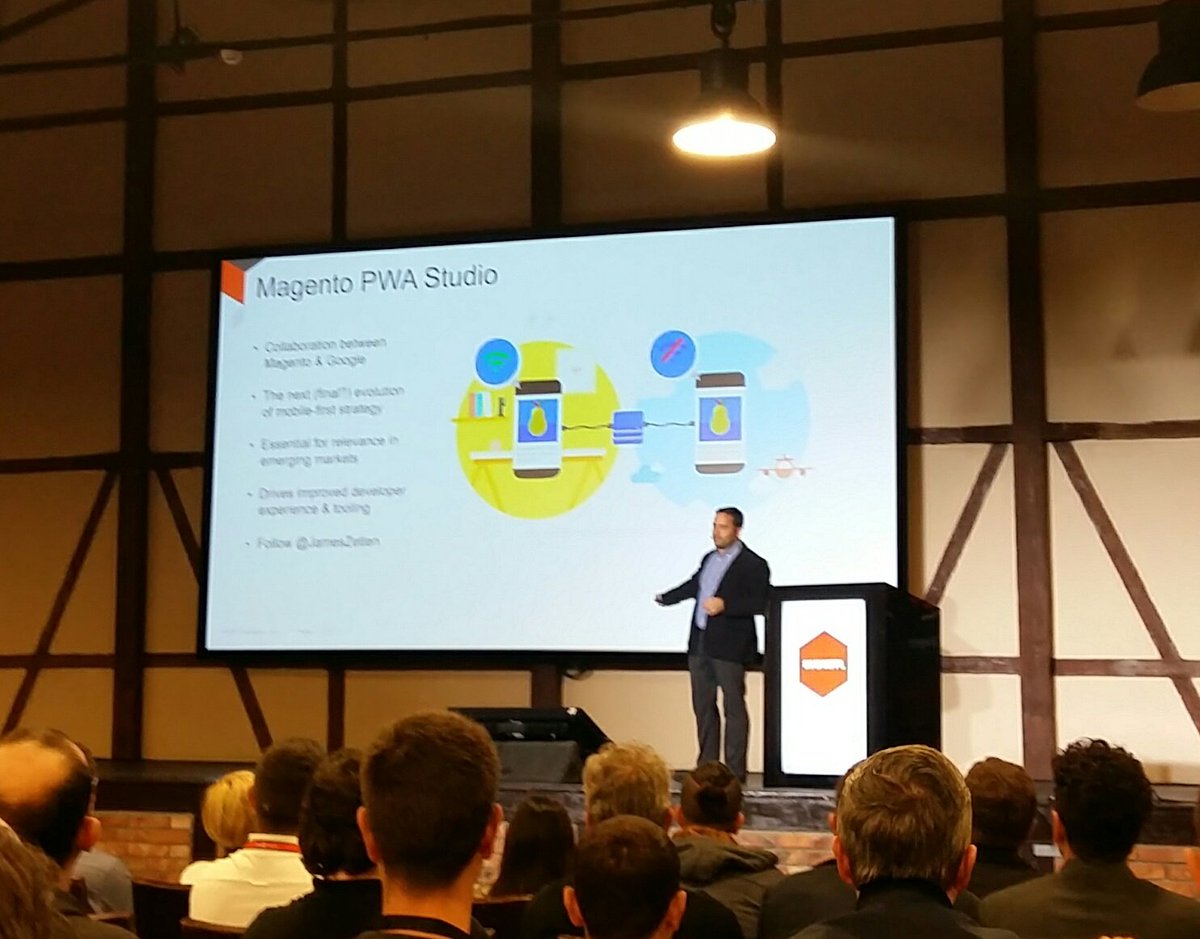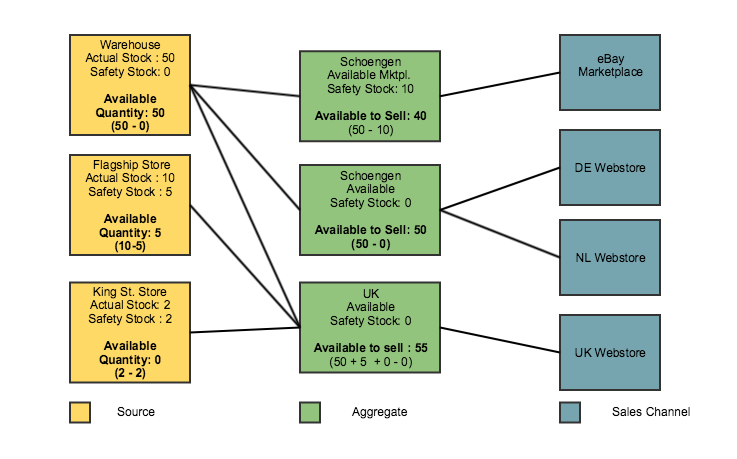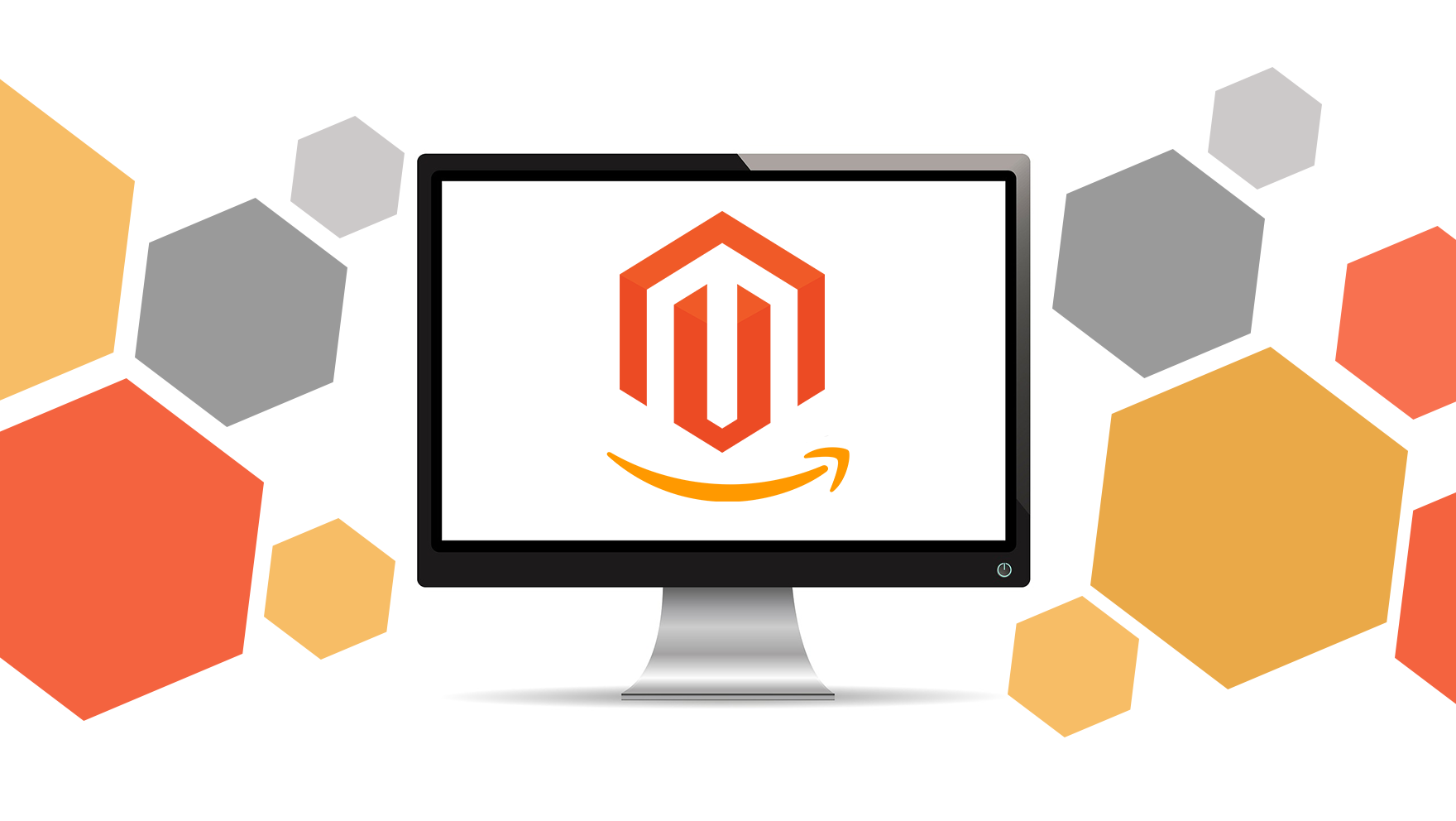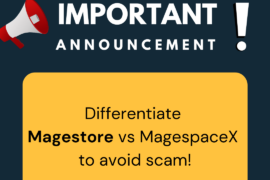Do you know? On April 23rd – 25th, the biggest event of Magento Commerce called Imagine 2018 took place. The conference’s already behind us but everything from the keynote sessions, discussions and network events has still made us impressed so far.
The 8th edition of Magento Imagine attracted over 3000 attendees from over 60 countries and featured more than 100 leading innovators with over 65 sessions to inspire us.
As one of the leading Magento-native omnichannel solutions, Magestore surely can’t miss any big updates from Magento. During the three-day conference, we had a chance to listen to the insightful keynotes, attend the interesting breakout tracks, enjoy the Legendary Imagine Evening Event and network with our key merchants, and partners.
Knowing that many of you may miss this big event, we want to sum up some of the latest strategic directions of Magento Commerce platform delivered at Imagine 2018. So diving into this article, you’ll stay ahead of the curve and discover more opportunities to fuel your business growth.
Don’t leave yourself behind because of lacking important information.

1. Magento PWA Studio
Progressive Web App is a key trend in the technology arena. Created by Google in 2015, PWA quickly became the high-tech software development methodology. Simply, you can define PWA as user experiences that combine the best of the web and the best of app. Google experts said it was a new way to deliver amazing user experiences on the web. So you know how useful it will bring to your customers.
Definitely, Magento doesn’t want to let their developer community and merchants worldwide down. Magento knows their eCommerce needs higher performance so they take PWA as a key term at the conference.
“Magento wants to become a PWA platform”
James Zetlen, Frontend Architect , Magento Commerce said at Imagine 2018.
On day 2 of the event, Magento Commerce announced Magento Progressive Web Applications (PWA) Studio. It is a suite of tools for building online stores with app-like experiences for Magento-native solutions. As they said, PWA Studio will help UX developers and merchants around the globe deliver fast and engaging front-end experiences on mobile devices.
“ PWA drives loyalty and makes it easy to move from search to purchase”
Jason Woosley, SVP of Product and Technology from Magento Commerce

Here are core functionalities that Magento PWA Studio will feature:
- Tools to personalize content and add local preferences
- Develop and manage all channels and experiences via one code base, one deployment, and app
- Intuitive user experience with cutting-edge commerce and CMS theming
- Modularized component architecture to help drive opportunities for extension resellers
- Purpose-build developer tools for quick prototyping, useful debugging, rick feedback and increased productivity.
Recently, Magento has built a library on Github to support the PWA development of Magento developers. You can access and explore guides and tools to build Magento PWA here.
So many new things to learn from Magento PWA Studio, right?
Due to the investment in PWAs of Magento and the support from Magento community, Magestore is really eager to apply PWAs in the development process to bring a more innovative omnichannel solution to retailers. Little secret, our talented developers are on the way to bring Magento merchants the very first PWA POS in the next few months.
So stay tuned!
2. Multi-Source Inventory
What is Multi-Source Inventory?
Multi-Source Inventory is regarded as the Largest Community-Developed Feature in Magento. MSI project is designed to enable stock management in multiple locations so that merchants can properly reflect their physical inventory in Magento without having to use extensions or customization.
Why did this big project start?
Many merchants and partners wanted multiple warehouses management functionality. With the current state of Magento solution, they couldn’t split inventory for a single product right away. They need customization or extension to manage multiple-source inventory. The question is even more complex when there are multiple types of locations needed to manage such as warehouses, stores, distributions center. That’s the reason why Magento started a project called Multi-Source Inventory in 2017.
In terms of technical aspect, MSI is an evolution of original CatalogInventory module and interfaces.
To explore MSI, let’s look at it in more details.
There are two main entities of stock:
- · Source stock, which is physically in a source
- · Aggregate stock, the virtual stock of what can be sold in a sales channel.
For example, we have 3 physical stores (A, B, C) that assigned to specific sales channel (eg: Magento website). If a shopper wants to buy some product (Product1) from this web, we should show her/his that we have next amount of this product: Qty of Product1 on A + Qty of Product1 on B + Qty of Product1 on C. We call it Virtual Aggregated Stock (StockItem in Magento words).
To handle stock, there are 2 important considerations:
- · Aggregation (StockItem), aggregating the stock of several sources
- · Multiple sales channels can use the same aggregate (DE & NL share the same stock)

(Source: Github – Magento MSI)
To see how it looks like on the code level, click here.
When the shopper buys the product, it should be shipped from the particular location. She may not care which location product was shipped from, as long as it’s the cheapest option. But for the merchant, it’s important to have minimal costs to store stock and ship to customers. So MSI has created an algorithm which assigns the particular inventory to the order item in order to consider these conditions and select the best possible options. MSI provides 2 out-of-the-box algorithms:
- · Priority-based algorithm (where each source is given a priority in the scope of specific sales channel)
- · Minimal delivery cost algorithm.
Above are the way MSI works.
As Magento said, MSI is a community project so its results will come soon to benefit Magento merchants around the world.
3. Amazon 3rd Party Sales Channel

Magento already announced the implementation of sales channel capabilities to help merchants run business easier towards the omnichannel trend. This sales channel capabilities in Magento make it easier for merchants to manage inventory on Amazon directly from Magento Commerce. With this launch, merchants can be able to take advantage of powerful listing tools that help in product distribution, provide competitor reporting and generate pricing recommendations. But that was the early stage of the cooperation between Magento and Amazon.
More interestingly, at Imagine this year, Magento & Amazon has taken the relationship to a new level. Magento’s new integrations with Amazon Pay are promised to speed up the checkout process, offer flexible payment options to increase conversion rates and encourage repeat purchases. By using information from a customer’s Amazon account to log in and pay on Magento storefronts, this integration can streamline the checkout process and make it easier for merchants to scale their online business and capture more sales.
For those who want to expand business presence to marketplaces, this announcement is really something to try this year. These new capabilities are integrated into the Magento Commerce platform and will be available in early May 2018, as Magento announced.
To Magestore, Magento Imagine 2018 was an incredible event to learn and find opportunities to grow. These takeaways above are some interesting updates we felt impressed from keynote sessions. Hope you enjoy the quick news!
As a Magento partner, we always update the latest trends to create more innovative products that better meet merchants’ needs. So subscribe our newsletter or visit at magestore.com to get more news & updates from us in the upcoming weeks.



